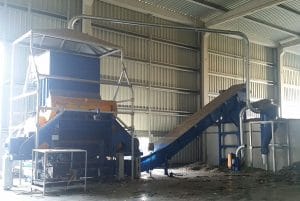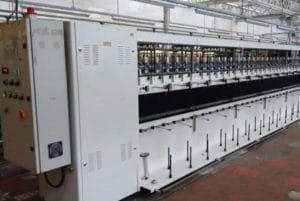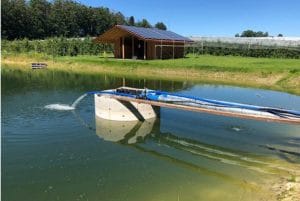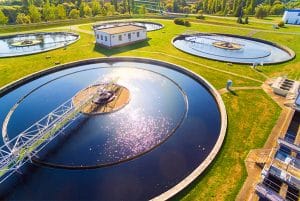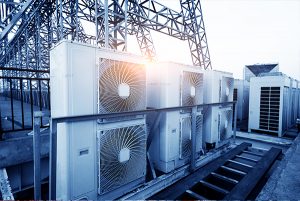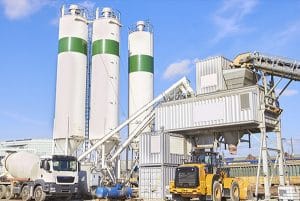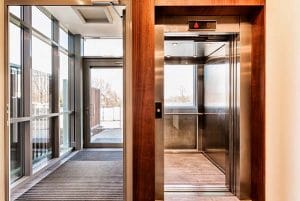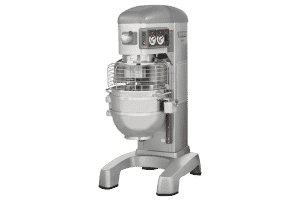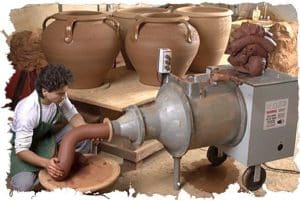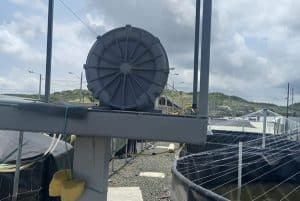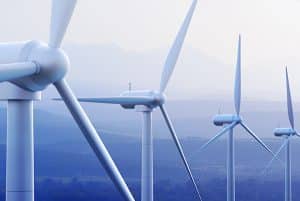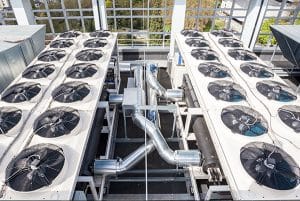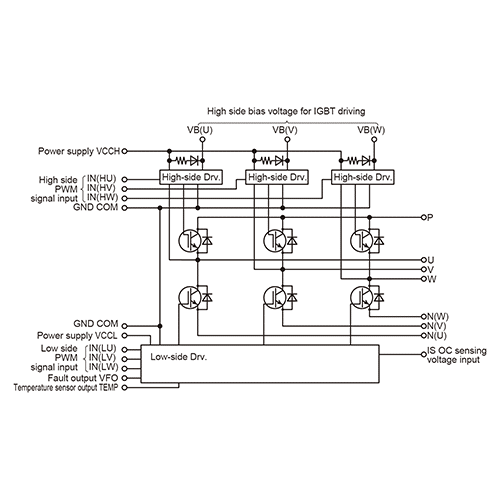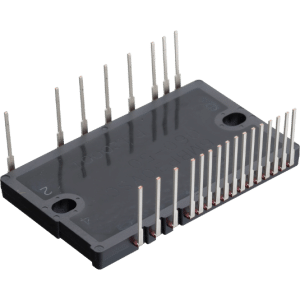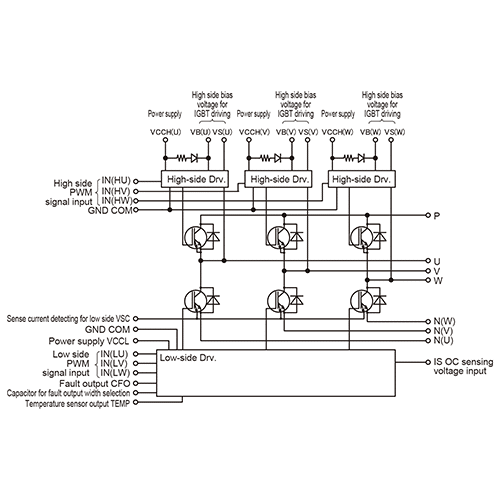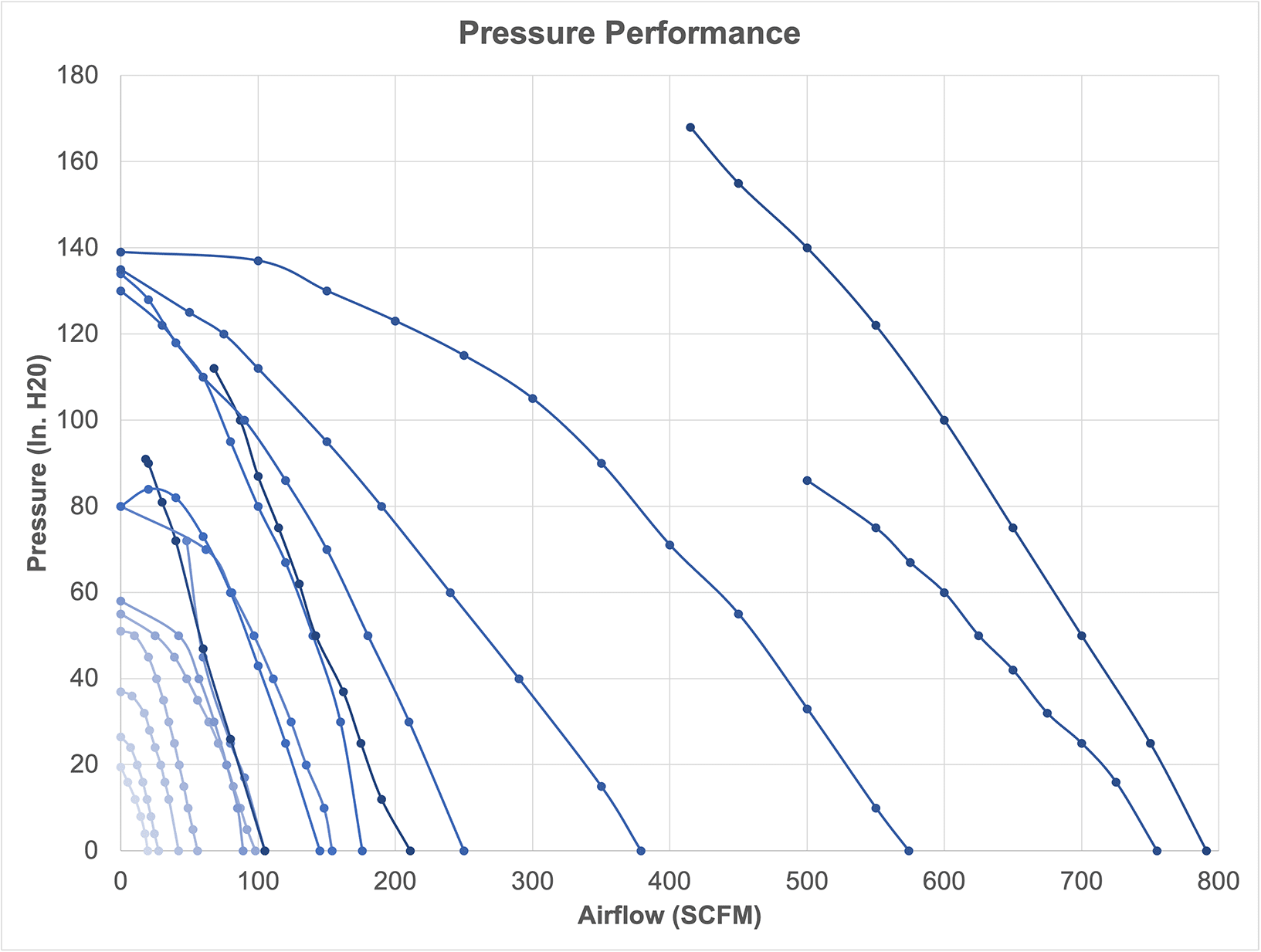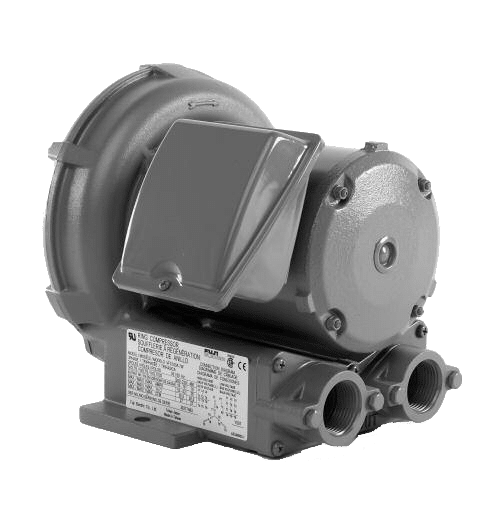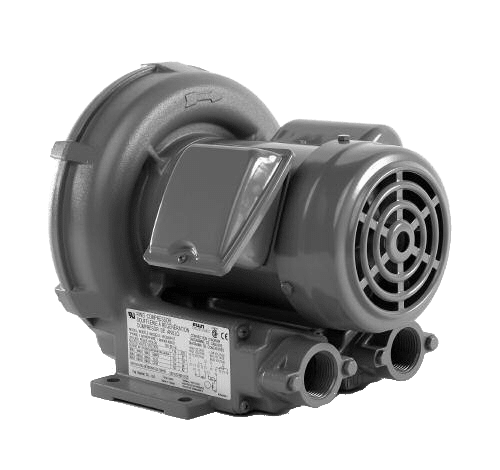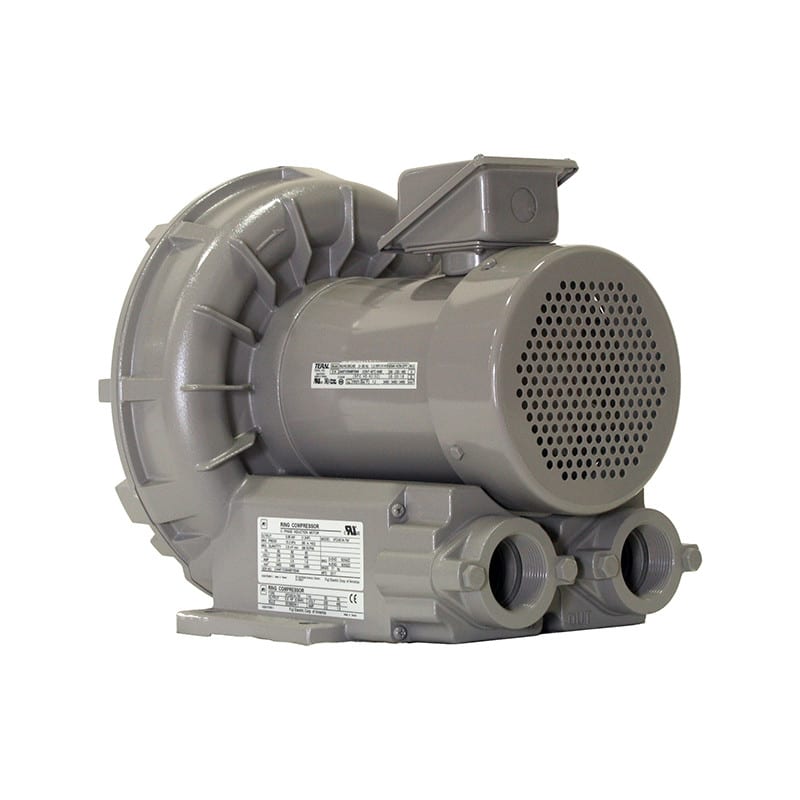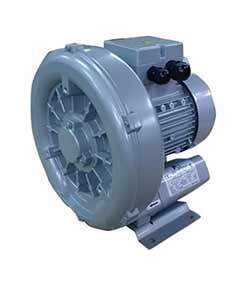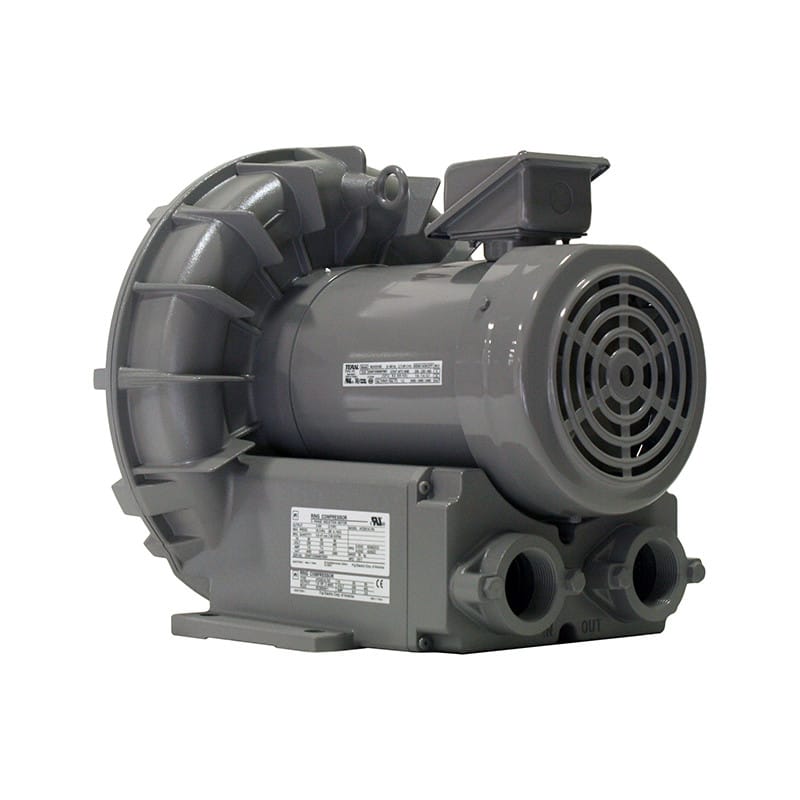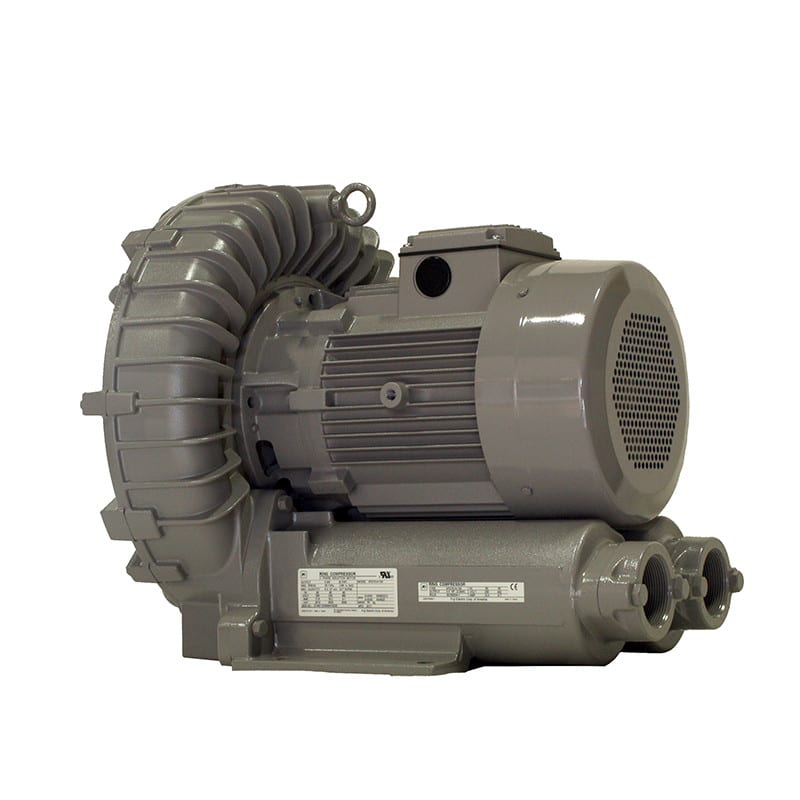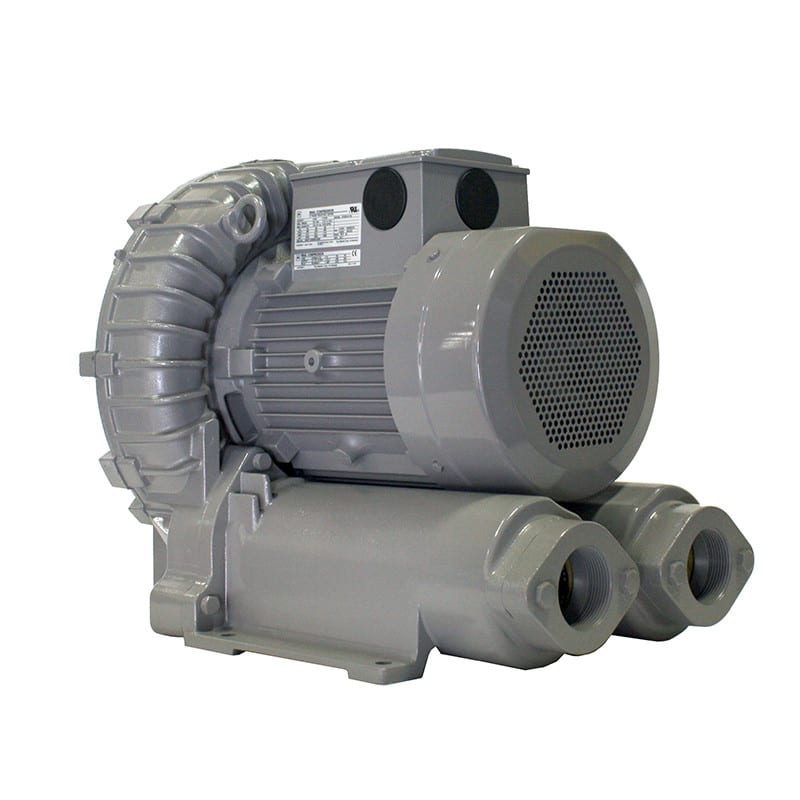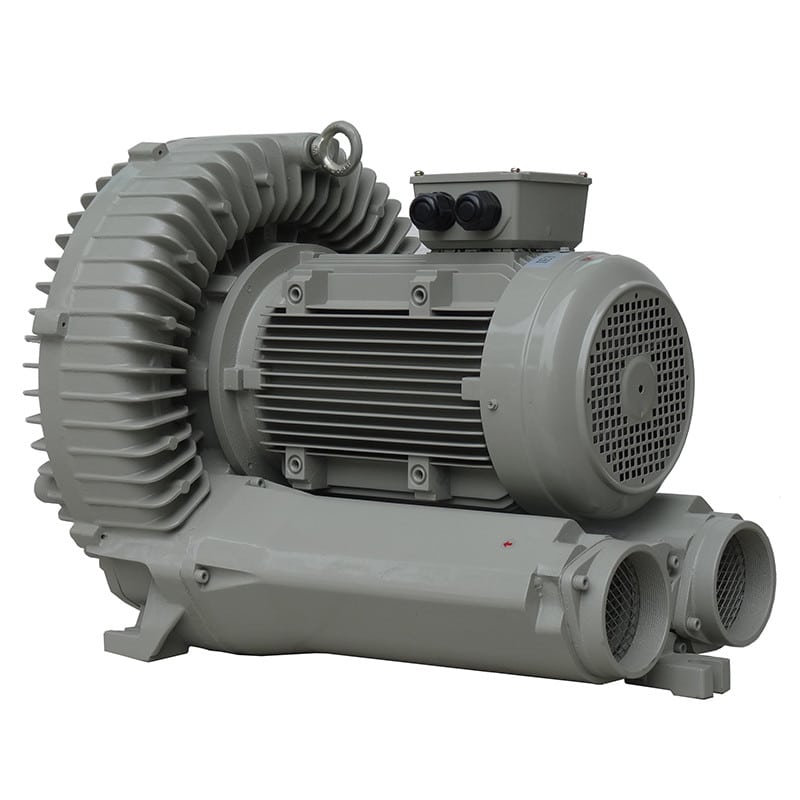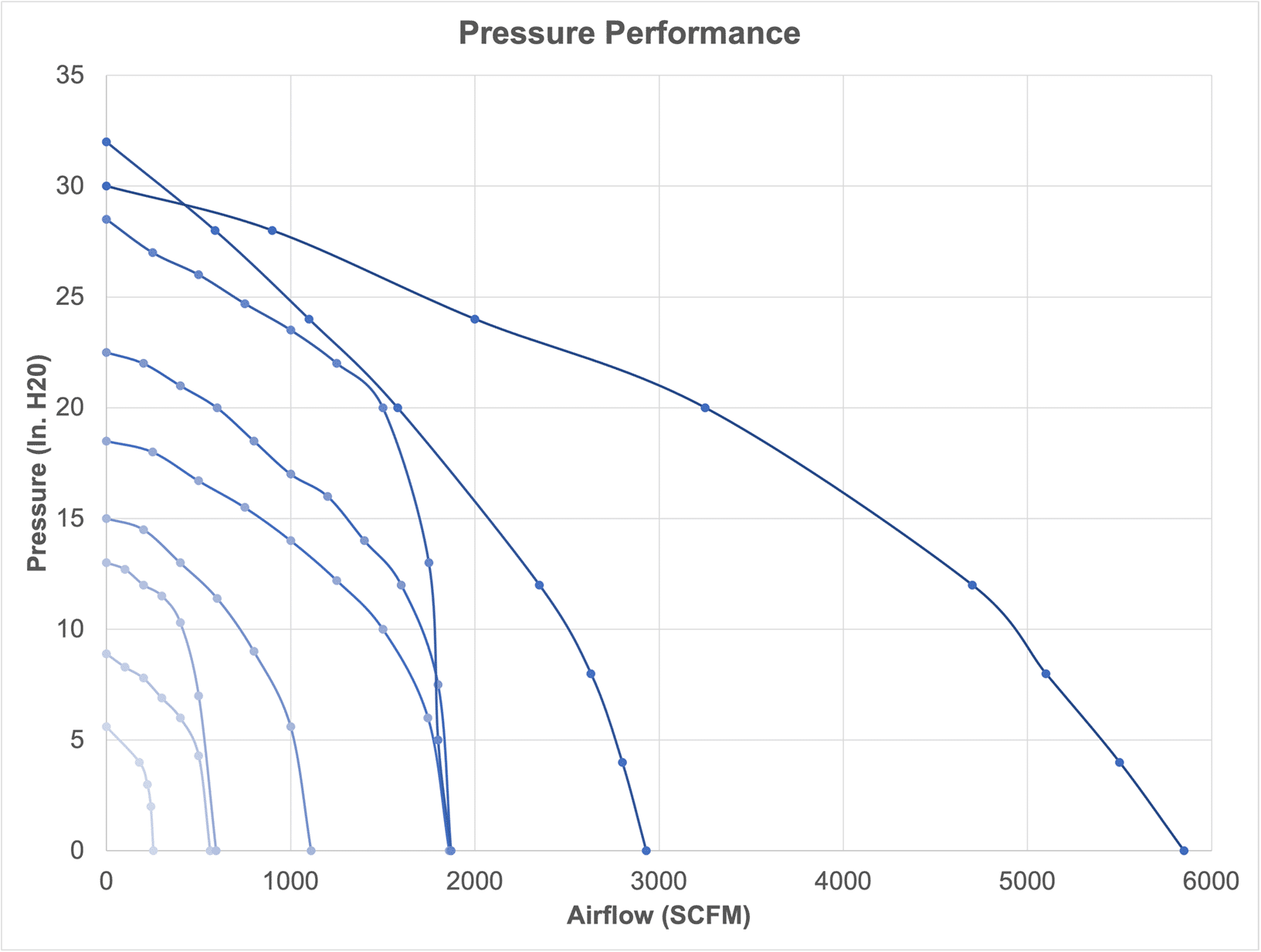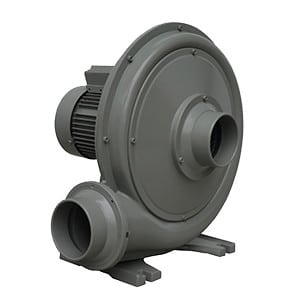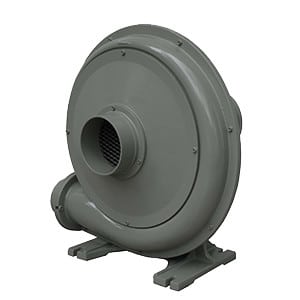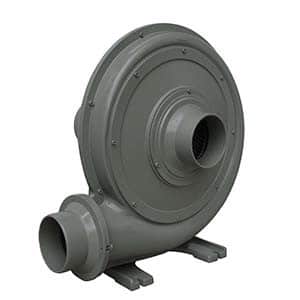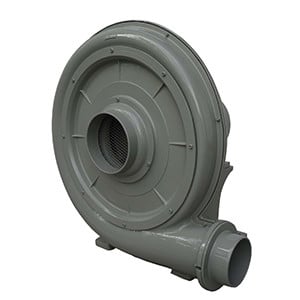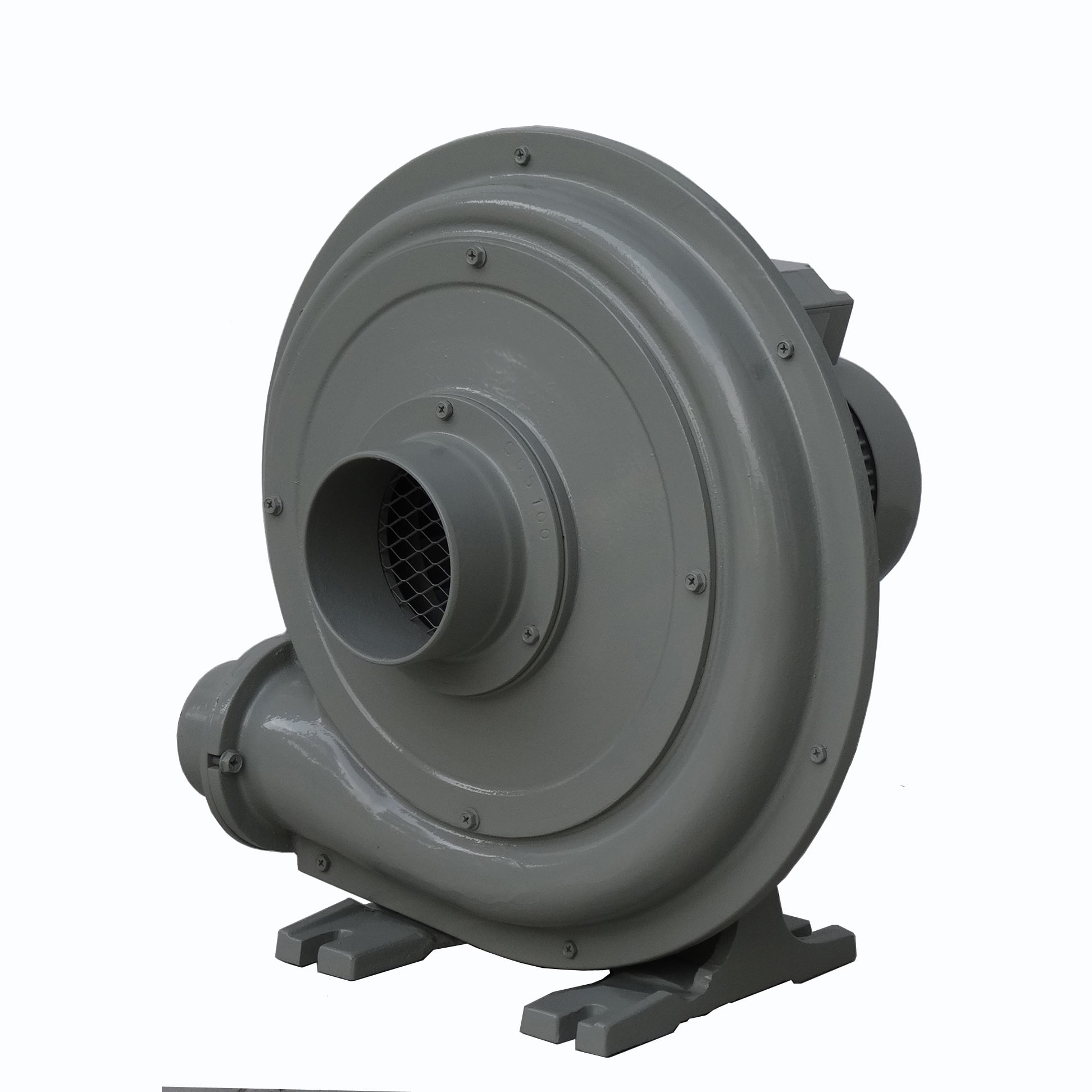
A Variable Frequency Drive (VFD), also known as a Variable Speed Drive (VSD) or Adjustable Frequency Drive (AFD), is an electrical device used to control the speed and torque of an electric motor. It does this by varying the frequency and voltage supplied to the motor, which in turn adjusts the motor’s rotational speed. VFDs are commonly used in industrial and commercial applications where precise control of motor speed is required. Here’s how they work and some of their key features:
- Frequency and Voltage Control: VFDs control the frequency and voltage supplied to an AC (Alternating Current) motor. By varying these parameters, they can increase or decrease the motor’s speed and torque. This allows for precise control of the motor’s performance.
- Energy Efficiency: One of the primary benefits of using VFDs is energy savings. They can significantly reduce energy consumption by matching the motor’s speed to the actual requirements of the load. When a motor operates at full speed all the time, it often uses more energy than necessary. VFDs enable motors to run at lower speeds when the load is light, saving electricity.
- Soft Start and Stop: VFDs can provide a soft start and stop for motors. This gradual acceleration and deceleration help reduce mechanical stress on equipment and improve the lifespan of the motor and connected machinery.
- Precise Control: VFDs offer precise control over motor speed. This is crucial in applications where speed and torque must be adjusted for specific processes, such as conveyor systems, pumps, fans, and compressors.
- Dynamic Braking: Some VFDs can perform dynamic braking, which converts excess kinetic energy into electrical energy, dissipated as heat. This feature can help stop a motor quickly and safely.
- Motor Protection: VFDs often include built-in protection features, such as overload protection, overvoltage protection, and under-voltage protection, which help prevent damage to the motor and connected equipment.
- Reduced Wear and Tear: By avoiding sudden starts and stops, VFDs reduce the mechanical wear and tear on motors and associated machinery. This extends the lifespan of these components and reduces maintenance costs.
Remote Control and Monitoring: Many VFDs can be controlled remotely and integrated into automation systems, allowing for centralized monitoring and control of multiple motors and processes. VFDs are widely used in various industries, including manufacturing, HVAC (Heating, Ventilation, and Air Conditioning), water and wastewater treatment, and transportation, among others. They offer a cost-effective way to improve energy efficiency, process control, and equipment reliability.
Single-phase and three-phase AC drives are electrical systems used to control the speed and torque of AC (alternating current) motors. The primary difference between the two lies in the number of phases of the AC power supply they use and the motors they can drive.
Single-Phase AC Drives:
- Single-phase AC drives are designed to operate with a single-phase AC power supply, typically 120V or 230V in residential and light commercial applications.
- They are commonly used for smaller loads, such as household appliances (e.g., fans, pumps, and some small machinery).
- Single-phase motors have only one winding in the stator, which makes them less efficient for some applications and generally not suitable for high-power or industrial use.
- Single-phase AC drives are less complex and generally more cost-effective for lower-power applications.
Three-Phase AC Drives:
- Three-phase AC drives are designed to work with a three-phase AC power supply, which is the standard in industrial and commercial settings.
- They are used for a wide range of applications, from small motors to very high-power industrial machines.
- Three-phase motors have three windings in the stator, which provides smoother operation and better performance, making them more efficient and suitable for high-torque and high-power applications.
- Three-phase AC drives can provide more precise control over motor speed, torque, and direction and are commonly used in industrial automation and manufacturing.
In summary, the main difference between single-phase and three-phase AC drives is the number of phases in the AC power supply they are designed for and the types of motors they can drive. Single-phase drives are typically used for smaller, low-power applications, while three-phase drives are used in a wide range of industrial and high-power settings.




